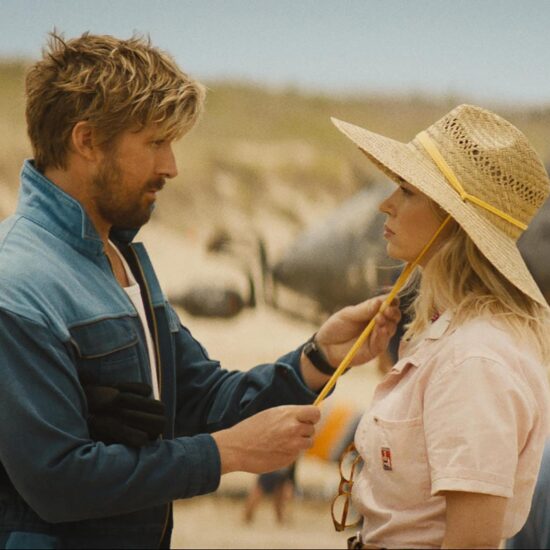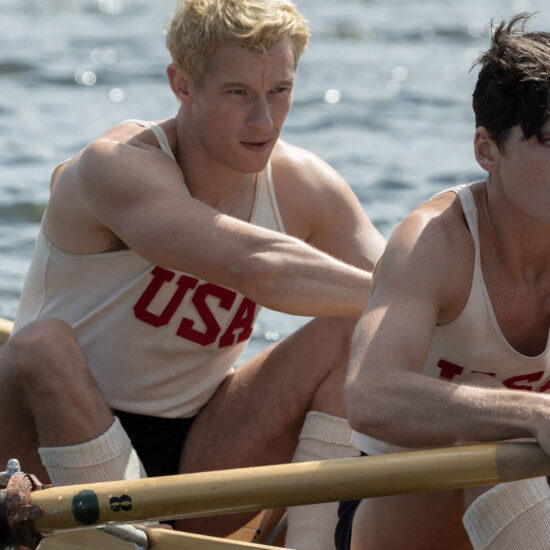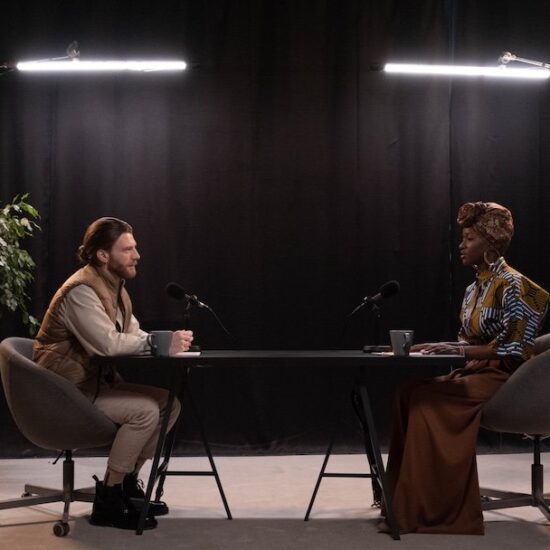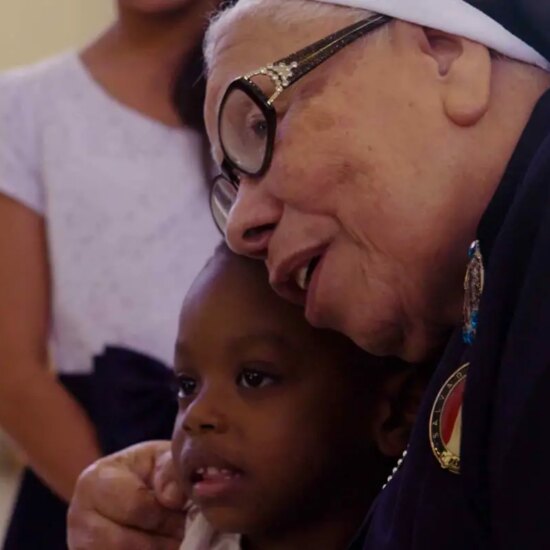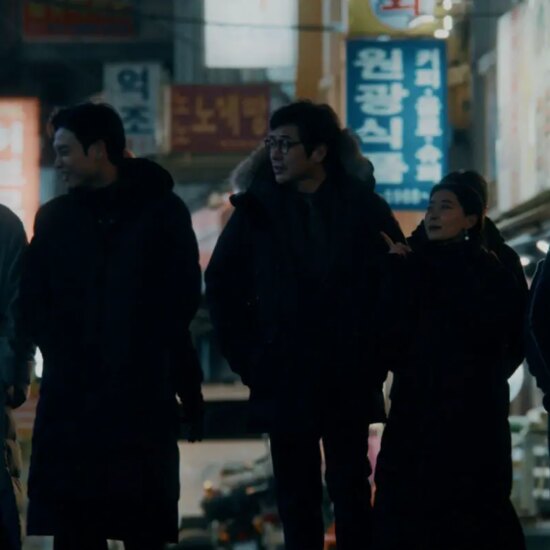
If you have seen a lot of short films, you will notice that many of the best ones are light on dialogue.
This is partly because when using beginner or non-actors, it’s easier to get better performances without lines. A no-dialogue film also forces the storyteller to “show, not tell,” which can make for a much more engaging experience.
Below is a practical guide on why and how you can write a short without dialogue. Enjoy!
The Arguments For No-Dialogue Films
We touched on it above, but there are mainly two ways no-dialogue can serve you as a filmmaker.
1. It Will Make You a Better Storyteller
Dialogue in film can be a great tool to communicate themes, character and enhance a story. Still, as a beginner filmmaker or screenwriter, it’s easy to over-rely on this tool.
In many short films, dialogue often becomes a crutch for the story. It’s used to give background info, exposition and communicate emotion. It’s the opposite of “show, don’t tell.”
The challenge of making a film without dialogue will force you to think more creatively. You won’t be able to rely on dialogue for exposition, backstory, or communicating feelings. All of which are considered bad use of this tool.
When I went to film school, our teachers forced us to start with no-dialogue films for this reason. And when we did go on to write a story with lines, we could let the dialogue do other things like build character, be allegorical, witty, and intelligent.
2. It Can Enhance Performances
And even when dialogue is excellent on paper, it can be hard to find actors who can deliver the lines believably on a low budget.
There are many times I made shorts that worked well until the characters began to speak. It’s pretty tricky for a beginner director to use non-actors and get natural-sounding dialogue.
But the message here isn’t that you shouldn’t take on the challenge or never use dialogue because it’s hard. How can you get good at something if you don’t practice it?
I believe you should practice it and make films with dialogue, but I would also be realistic. If it’s one of my first projects and I am trying to get a start in my carieer, writing something without dialog can be my best bet. It’s about where you are currently in your filmmaking journey.
Examples of Award-Winning Shorts With No Dialogue
If you are still not convinced, check out these great award-winning shorts. They all had no dialogue.
“The Black Hole” – Phil Sampson and Olly Williams
“Herr im Haus” – Gudrun Falke
“Next Floor” – Denis Villeneuve
I have selected these three shorts to demonstrate to you the next part of this article: How to write a story without any dialogue.
How to Write a Short Film Without Dialogue
The next question is then; How do you go about writing a story without any lines?
Here are some practical steps you can take:
Develop Your Story Around a Situation Where No Dialogue Would Be Natural
Of course, not all stories are made to be told without dialogue.
You should either write a story with a situation where it is natural with no lines or where it makes sense within the world.
The simplest way to do this is not to have anyone the protagonist can communicate with. This is easy to do if you write one main character in a single location. Take, for example, “The Black Hole,” where the main character is alone in an office after working hours.
Another option is to have minor interactions with strangers where no dialogue is sensible. Take, for example, “Herr im Haus,” where two characters interact with the protagonist, even though no lines are exchanged.
Lastly, you could create a world where you make a point of there not being any dialogue. Like in “Next Floor.” Typically, it would be unbelievable that no one talks to each other during a large dinner. But in the artistic world of “Next Floor,” it fits nicely with the film’s story and feel.
Once you have found a story that can be told without dialogue, it’s time to start writing.
How to Show, Not Tell
Luckily, since film is a visual medium, you can communicate emotion and info in many ways other than dialogue. Communicating visually is nearly always considered more effective.
Using Sound
We said to avoid dialogue. But sound, on the other hand, can and should be used in film.
It could be sounds that your character makes, like a grunt or a deep breath. Or it can be diegetic sounds that are part of a scene, like an ambiance, wind, or faint muttering in the background.
A great example of communication with sound is “Next Floor,” which has an incredible sound design used to tell part of the story.
Using Props, Costumes, and Sets
A scene’s different elements can be used to communicate action, backstory, and emotions.
You can use costume and location to quickly give a simple backstory of who your character is. For example, someone in a corridor holding a broom is probably cleaning while someone dressed in a tie and signing a document could be a businessman or politician.
Blocking, lighting, and interactions are critical to communicating deeper story elements. A person standing over someone usually displays higher status. On the other hand, a person standing far away from a group can express loneliness.
These are really simple examples, but I hope you get my point.
Noteworthy is also contrast. Dirty vs. clean, old vs. new, broken vs. whole. Use different costumes, settings, and props to give characters distinguishable characteristics and goals they want to accomplish.
Non-Verbal Acting
By non-verbal acting, I mean everything that has to do with a character’s expressions, body language, and posture.
Also important is who or what your character looks at in different interactions. If someone continuously glances at a person or object, we could quickly insinuate a desire or jealousy, for example.
Non-verbal communication is very, very powerful if used the right way.
Editing
Last but not least, we have editing!
With editing, you can show the passing of time, create meaning and connections between images, and enhance an emotion or feeling. If you haven’t already, I recommend you watch Hitchcock’s comments on editing and the Kuleshov effect:
In Conclusion
Dialogue can be a fantastic tool that elevates your story, but it shouldn’t be relied upon for exposition or communicating feelings. Instead, show, don’t tell those elements of a story.
The challenge of making a short without lines can help you better master visual communication without relying on dialogue for the wrong things. I believe doing this can not only serve your movie but make you a better storyteller in the end.
Paul Petropoulos is a filmmaker and the founder of MediaEquipt. A blog with helpful guides, resources, and gear reviews for video creators, vloggers, and filmmakers.










